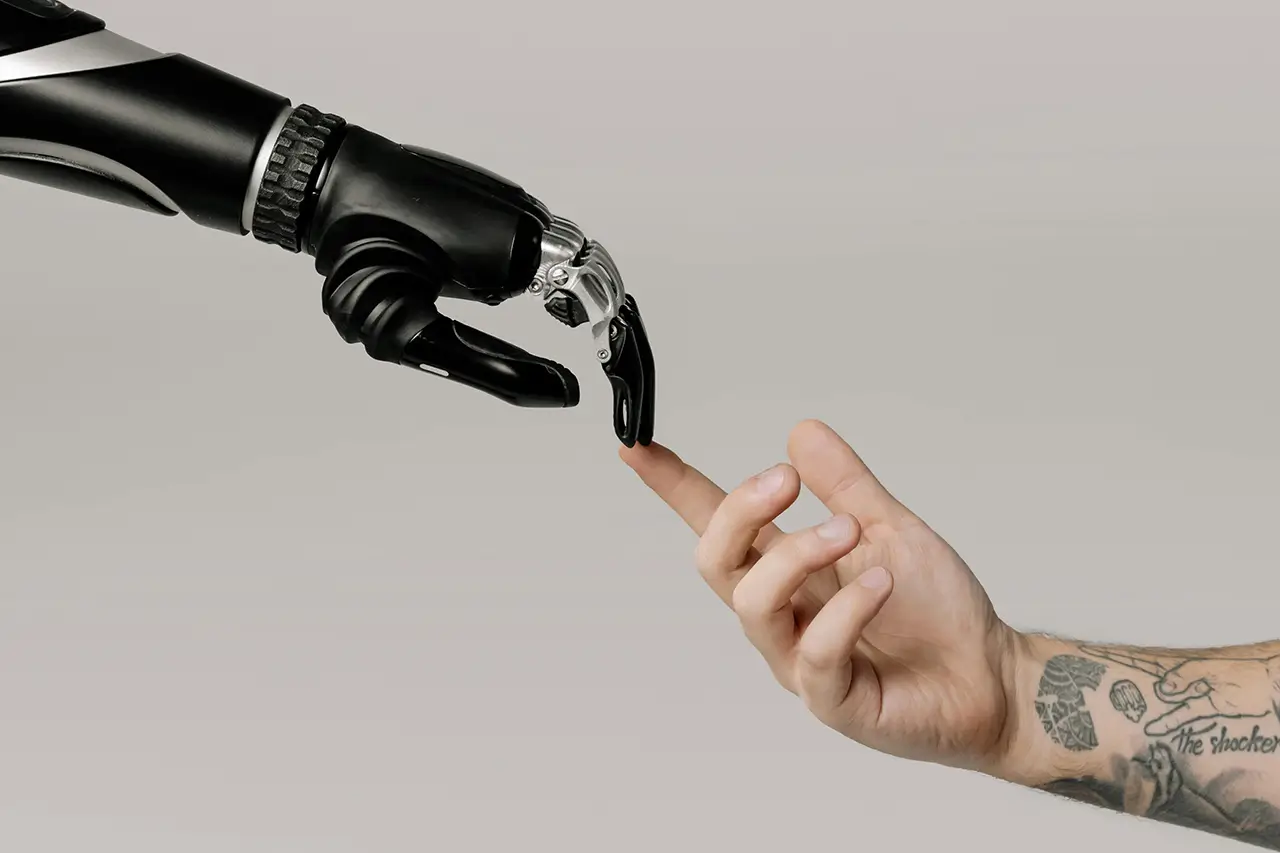Artificial Intelligence (AI) has become a buzzword in recent years, transforming industries and creeping into everyday life in ways we might not even realise. But what exactly is AI, and how do tools like ChatGPT operate behind the scenes? Let’s demystify the world of AI and explore some of its most popular tools.
What is Artificial Intelligence?
Artificial Intelligence refers to the simulation of human intelligence by machines. These machines are designed to perform tasks that typically require human cognition, such as understanding language, recognising patterns, solving problems, and even making decisions.
Types of AI
There are several types of AI, each with different levels of complexity:
Narrow AI (Weak AI)
This type of AI is specialised to perform a single task, like recommending movies on Netflix or identifying faces in photos.
General AI (Strong AI)
A theoretical form of AI capable of performing any intellectual task that a human can do. This level of AI doesn’t exist yet.
Superintelligent AI
This is the stuff of science fiction – AI surpassing human intelligence. While fascinating, it’s far from reality for now.
How AI Tools Work
To understand AI tools like ChatGPT, it helps to break down the mechanics behind them. Most modern AI applications rely on a concept called machine learning.
What is Machine Learning?
Machine learning is a subset of AI where algorithms improve themselves by learning from data. Instead of being explicitly programmed with rules, these algorithms analyse vast amounts of information and identify patterns to make predictions or decisions.
For example:
- Image recognition: The AI learns to distinguish cats from dogs by analysing thousands of labelled images.
- Language processing: The AI learns grammar and sentence structure by analysing large text datasets.
The Role of Neural Networks
Neural networks are the backbone of many AI systems. Inspired by the human brain, they consist of layers of interconnected nodes (neurons). These nodes process information and pass it along to the next layer, gradually building up a more nuanced understanding of the input data.
When you interact with a tool like ChatGPT, neural networks are at work, processing your input and generating a coherent response.
What is ChatGPT?
ChatGPT is an AI language model created by OpenAI. It uses a type of machine learning called natural language processing (NLP) to understand and respond to human language in a conversational manner. GPT stands for “Generative Pre-trained Transformer.”
How Does ChatGPT Work?
Pre-Training
The model is trained on massive datasets of text from books, articles, and websites. This helps it understand grammar, context, and a wide range of topics.
Fine-Tuning
After the initial training, the model undergoes a refining process using more specific datasets. This step includes safety protocols to minimise harmful or inappropriate outputs.
User Interaction
When you type a question or command, the model analyses your input, predicts the most relevant response, and generates text accordingly.
ChatGPT uses probabilities to decide which words come next in a sentence, making its responses seem natural and human-like.
Everyday Applications of AI

AI is not just for tech enthusiasts or large corporations. It’s all around us, often working quietly in the background to make life easier.
Popular Uses of AI
Virtual Assistants
Tools like Alexa, Siri, and Google Assistant help with tasks like setting reminders, playing music, or answering questions.
Recommendation Systems
Streaming services like Netflix and Spotify use AI to suggest content based on your preferences.
Healthcare
AI aids in diagnosing diseases, analysing medical images, and even predicting patient outcomes.
Customer Service
Chatbots like ChatGPT are often used to handle queries, saving businesses time and resources.
Personalisation
E-commerce sites like Amazon use AI to recommend products tailored to your browsing and buying habits.
Popular AI Tools to Explore
Here are some of the most widely used AI tools today:
AI for Productivity
Grammarly
Grammarly is an AI-powered writing assistant that helps with grammar, spelling, and style suggestions.
Notion AI
Notion AI integrates AI tools for brainstorming, writing, and organising notes.
Zapier
Zapier uses automation and AI to connect different apps and streamline workflows.
AI for Creativity
DALL-E
DALL-E is an AI tool for generating images from text prompts, also developed by OpenAI.
Runway
Runway is creative suite offering AI-powered video editing and design tools.
Soundraw
Generate custom royalty-free music tracks with AI using Soundraw.
AI for Developers
GitHub Copilot
GitHub Copilot assists developers by suggesting code snippets and completing functions.
TensorFlow
TensorFlow is an open-source platform for building machine learning models.
PyTorch
PyTorch is another popular framework for AI and machine learning development.
Advantages of AI
AI offers numerous benefits that make it an exciting field of innovation:
- Efficiency: AI can process vast amounts of data far quicker than humans.
- Accuracy: In fields like healthcare, AI can assist in detecting anomalies with high precision.
- Cost Savings: Automating routine tasks reduces the need for manual labour, saving businesses money.
- 24/7 Availability: AI tools don’t require breaks, making them reliable for continuous operation.
Limitations of AI
Despite its many advantages, AI is not without challenges:
- Bias: AI models can inadvertently inherit biases from the data they are trained on.
- Lack of Creativity: While AI can simulate creativity, it cannot truly innovate or think abstractly like humans.
- Dependence on Data: AI’s effectiveness depends on the quality and quantity of data it receives.
- Ethical Concerns: Issues like data privacy, job displacement, and misuse of AI are ongoing debates.
The Future of AI

As AI continues to evolve, it promises to revolutionise countless industries further. Innovations like autonomous vehicles, AI-driven scientific research, and even personalised education are on the horizon.
However, with great power comes great responsibility. It’s crucial to use AI ethically, ensuring transparency, fairness, and accountability in its applications.
Final Thoughts
AI tools like ChatGPT are remarkable achievements, bridging the gap between human creativity and machine precision. Whether you’re using AI to streamline work, spark creativity, or simply explore new possibilities, understanding its basics empowers you to make the most of this technology.
So why not give some of these tools a try? The AI revolution is here, and it’s more accessible than ever.








No Comments